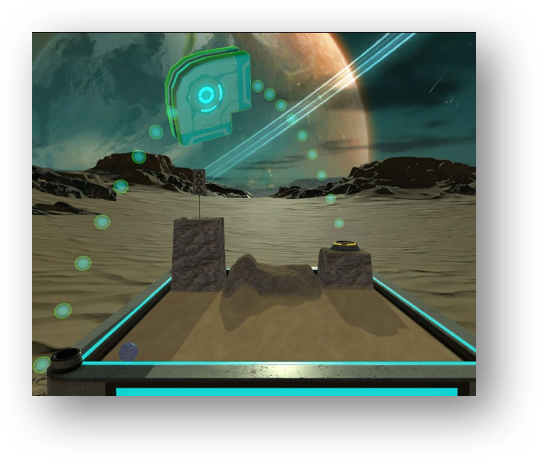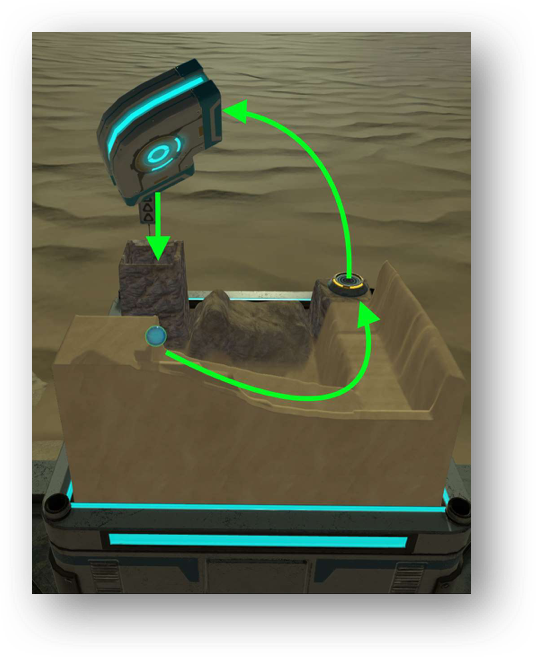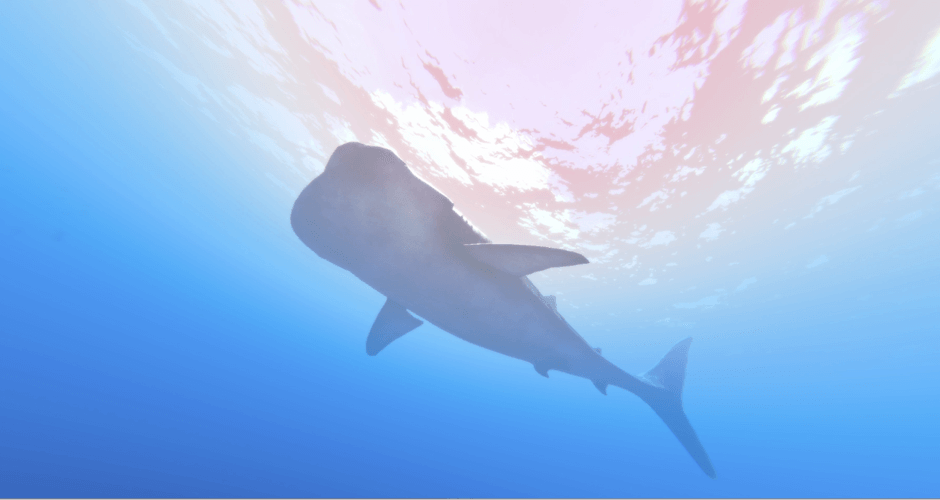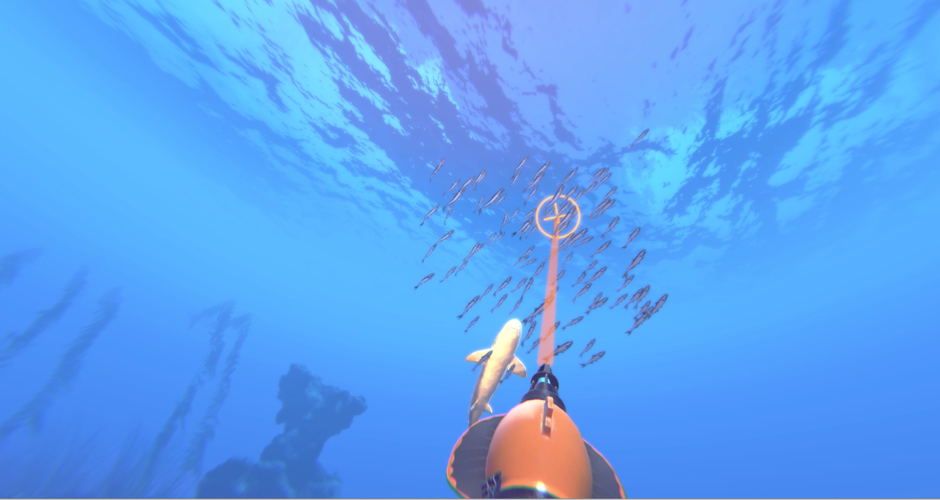Reading Time: 8 minutes
Yesterday at CES, Vive raised the bar for premium VR with the new Vive Pro upgrade and Wireless Vive adaptor while dramatically improving the way we discover and consume VR content with Viveport VR and Vive Video. Today, we’re proud to highlight the exceptional partners sharing our booth and those showing Vive out on the floor.
Starting today, the following partners will be demoing their content at Vive’s expo at the Wynn’s Alsace Ballroom:

Developed by Archiact, Evasion is an intense VR shooter game, designed to immerse players in high-intensity co-op multiplayer combat. Experience the next generation in VR locomotion designed from the ground up for an authentic FPS action game. Choose a hero class and join up to three friends or go on alone in an extinction-level battle for survival. Evasion will deliver cinematic destructible environments and intense bullet hell action. Players will team up and fight their way through maelstroms of bullets while diving for cover. The ‘Swarm A.I’ enemy behavior system adds a new level of tension, making tactical movement and teamwork critical to your squad’s survival. Experience the charge of heroism as you and your team run and gun to complete vital objectives, rescue one another and overcome deadly ambushes.
- Arizona Sunshine by Vertigo Games and Jaywalkers Interactive –

Virtual reality meets the zombie apocalypse! Arizona Sunshine is a first-person shooter built exclusively for VR that immerses you in a post-apocalyptic southwestern America overrun by zombies. Developed from the ground up for HTC Vive and Oculus, Arizona Sunshine puts you in the midst of a zombie apocalypse. Handle weapons with real-life movements, freely explore a post-apocalyptic world, and put your survival skills to the test in VR – putting the undead back to rest is more thrilling than ever before.

The CXC Simulations Motion Pro II was developed as a professional-level racing simulator capable of serving as a training tool for professional drivers. Designed by a team with a background in professional auto racing, the Motion Pro II is set apart by:
- Proprietary full-motion and car control systems
- A dedicated carbon fiber and steel chassis
- Highly realistic software systems
These systems which work together to accurately replicate the sensation of driving on the race track. The proof is in the number of Indy Car and sports car drivers who use the Motion Pro II to practice and train.
Realistic driving starts with accurate data. However, an accurate simulation is not just an assembly of data. Thanks to a high-tech physics engine and tire modeling system, this data is transformed into feeling when you’re behind the wheel. The final piece of the puzzle is VR. By adding the HTC VIVE to the Motion Pro II, it completes the immersive feeling of actually being on the track.
- Doom VFR by Bethesda Softworks® –

Available for PlayStation VR and VIVE platforms, this DOOM adventure will bathe you in virtual carnage. Developed by id Software, the studio that pioneered the first-person shooter genre and modern VR, DOOM® VFR brings the fast-paced, brutal gameplay fans of the series love to virtual reality. Immerse yourself in the UAC facility on Mars and the depths of Hell, as your skills are put to the test through intense combat. Play as a cybernetic survivor who is activated by the UAC to fight the demon invasion, maintain order, and prevent catastrophic failure at the Mars facility. Lay waste to an army of demonic foes as you explore and interact with the outlandish world of DOOM from an entirely new perspective.
- Fallout 4 VR by Bethesda Softworks® –

Fallout 4, the legendary post-apocalyptic adventure from Bethesda Game Studios and winner of more than 200 ‘Best Of’ awards, including the DICE and BAFTA Game of the Year, finally comes in its entirety to VR. Fallout 4 VR includes the complete core game with all-new combat, crafting, and building systems fully reimagined for virtual reality. The freedom of exploring the wasteland comes alive like never before.
- Front Defense: Heroes by Fantahorn Studio –

Front Defense: Heroes, the latest installment to Fantahorn’s smash hit Front Defense, brings you the intensity and dangers of World War II. Front Defense: Heroes is a 5v5 online multiplayer VR game set during World War II. Front Defense: Heroes delivers the most immersive war experience, using classic World War II weapons in life-like battlefield atmospheres. The development team, Fantahorn Studio, has come up with the best VR war experience to-date. Between the detailed graphics and intuitive control experience, players can explore the battlefield freely, make strategic movements, and engage in realistic combat. The most immersive World War II military shooting game on HTC VIVE currently includes 2 different online multiplayer modes across 5 exciting maps: Team Deathmatch and Defense. Through the submillimeter tracking and room scale VR of HTC VIVE, experience the classic battles of World War II, experience the European climate during wartime in an immersive online multiplayer first-person shooter. Engage in this great war in VR and fight shoulder to shoulder with heroes and friends.
- Microdose VR by Vision Agency –

The Microdose VR platform is a fully customizable creative experience for gamers, artists, musicians, and dancers. Microdose VR puts the creative power in the player’s hands to do real time audio/visual performances, create custom content and build shareable worlds in which to host networked multiplayer collaborations and competitions.
Microdose VR is designed from the ground up as a native VR app, based on a core mechanic which is only possible within virtual reality. Designed to viscerally engage gamers, artists, musicians and dancers of all ages, players can tune the experience to their preference, from an auto-tuned therapeutic experience to highly customized skill-based gameplay.
With the complexity of engineering and development required to create VR software, it feels unattainable and out of reach to most digital artists and musicians, and there is currently no clear platform for artists and musicians to make their own truly unique creative splash into the VR space. Microdose VR paves the way for creatives to get involved and make their mark in Virtual Reality, and offers a social multiplayer gaming platform unlike anything that has come
before.

Interaxon introduces Muse VR – the world’s first neuroadaptive interface for VR and mixed reality. Muse VR brings Interaxon’s robust brain sensing system and cardiac physiology sensors into the HTC Vive, creating new ways (like MicroDose VR) for users to interact with responsive virtual environments.
- Raymond Forklift by Raymond –

The Raymond Virtual Reality Simulator allows the user to enter a simulated warehousing environment utilizing an existing Raymond® forklift truck by plugging into the company’s patent-pending sPort, or Simulation Port. The Raymond Virtual Reality Simulator allows operators to become familiar and comfortable with the forklift and its controls prior to operating within the physical warehousing environment, thus building confidence. This platform affords operators the ability to learn within a controlled simulated environment, avoiding potential product and warehouse incidents.
- Ready Player One by Sansar Studios –

VR recreation of Aech’s Garage from Steven Spielberg’s Ready Player One
Interpreted by Sansar Studios from the original ILM design for Ready Player One from
Warner Bros. Pictures, Amblin Entertainment and Village Roadshow
Pictures, opening on March 30, 2018.
Check out the Ready Player One Trailer here.
- Rumii by Doghead Simulations –

Currently, the only way for remote workers to communicate is through VoIP software that focuses on telephones and joining a pre-planned meeting online. By using rumii, teams distributed all over the world can communicate, participate, and interact with each other as though they are all in the same room.
Collaborate without traveling and gain real-time visibility into your team’s dynamics with rumii for distributed business teams. Our solutions will help you optimize your entire business team, from agile planning, sprint Development, project management and scheduling – while shrinking total travel costs.
rumii can be used across virtual reality headsets, desktops, browsers, tablets, and phones. Built-in audio means no more dial-in numbers and access codes. Do more than share presentations. Teams can manipulate objects for 3D product design and innovation.

SimforHealth is a leading provider of innovative digital solutions for improving the training of healthcare professionals. The company works alongside faculties, medical schools, and training organizations to design immersive, interactive and collaborative solutions for medical education and medical training. Continuously monitoring new technologies, SimforHealth’s medical teams and simulation experts have already trained more than 30,000 healthcare professionals worldwide and are committed to the ethical principle of “Never the First Time with the Patient”.

Today HTC Creative Labs also rolled out an upgrade to its native VR video player, Vive Video. Vive Video solves the discovery and acquisition problem for VR video content by delivering a large catalog of high-quality streaming video directly to VR headsets. In addition to new features and UI upgrades, Vive Video has integrated content from Vimeo, the world’s largest ad-free open video platform, and home to millions of creators worldwide.

Available today, Viveport VR is the biggest upgrade to the Viveport customer experience since launch. Viveport VR will change the way consumers browse and discover new content. Viveport VR is the biggest update to the Viveport customer experience since launch. Viveport VR is an all-new way to browse, discover and purchase VR content. Instead of being locked to a 2D plane on a PC or phone, consumers can browse and discover content in a deep and immersive experience that stays true to bringing VR content to life. VR Previews offer a new opportunity for developers to present their titles to potential customers and a new way for customers to try the content before downloading.
In addition to showcasing this exciting content in our booth, read here for new Vive Demos and hardware all around the CES Floor.
Website: LINK



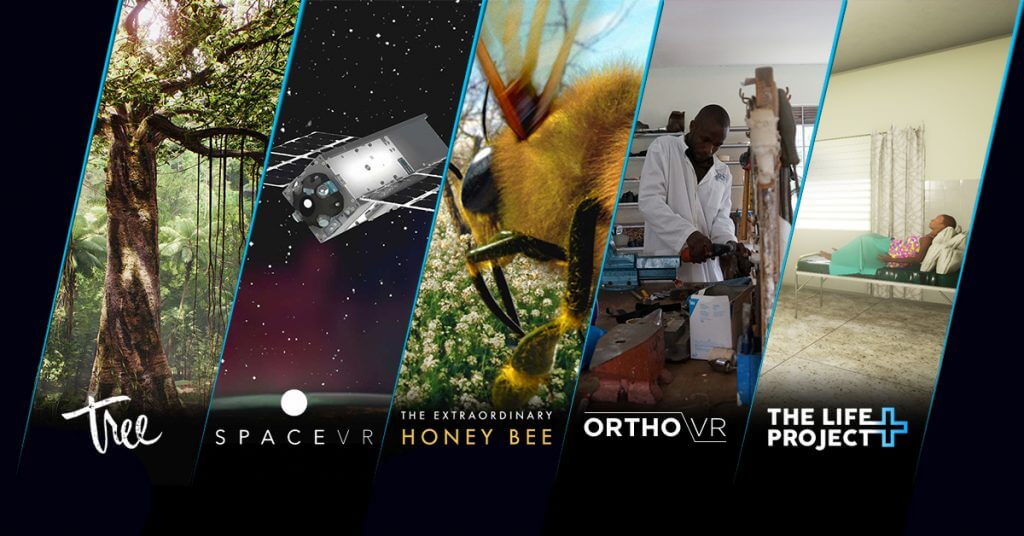

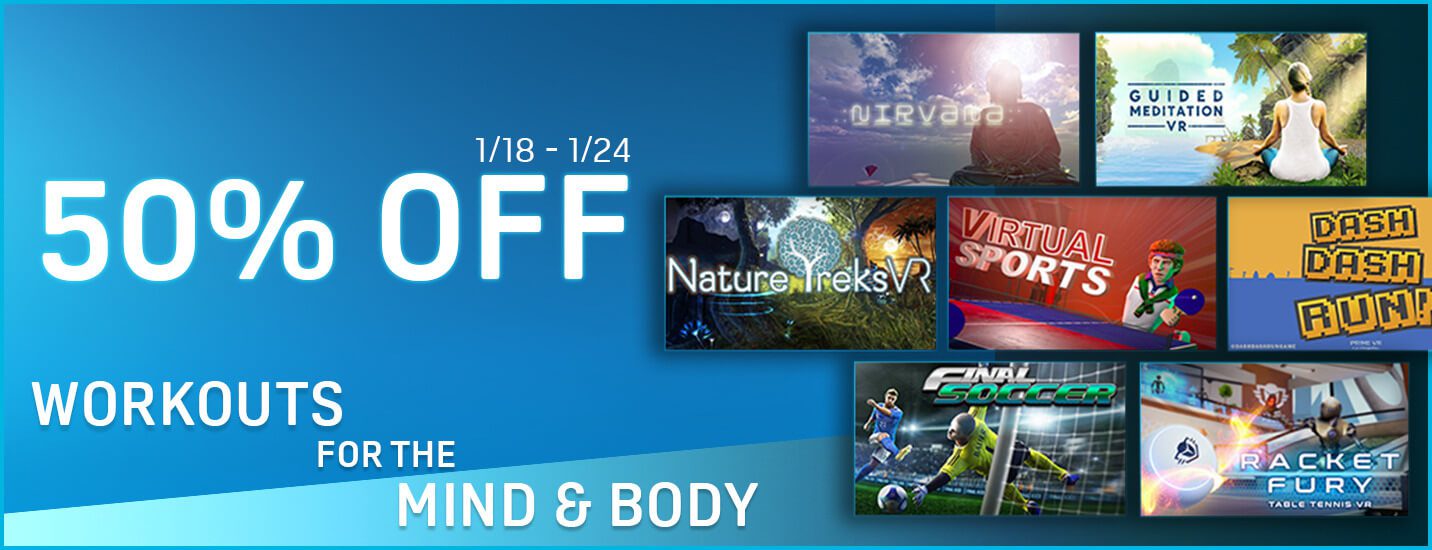
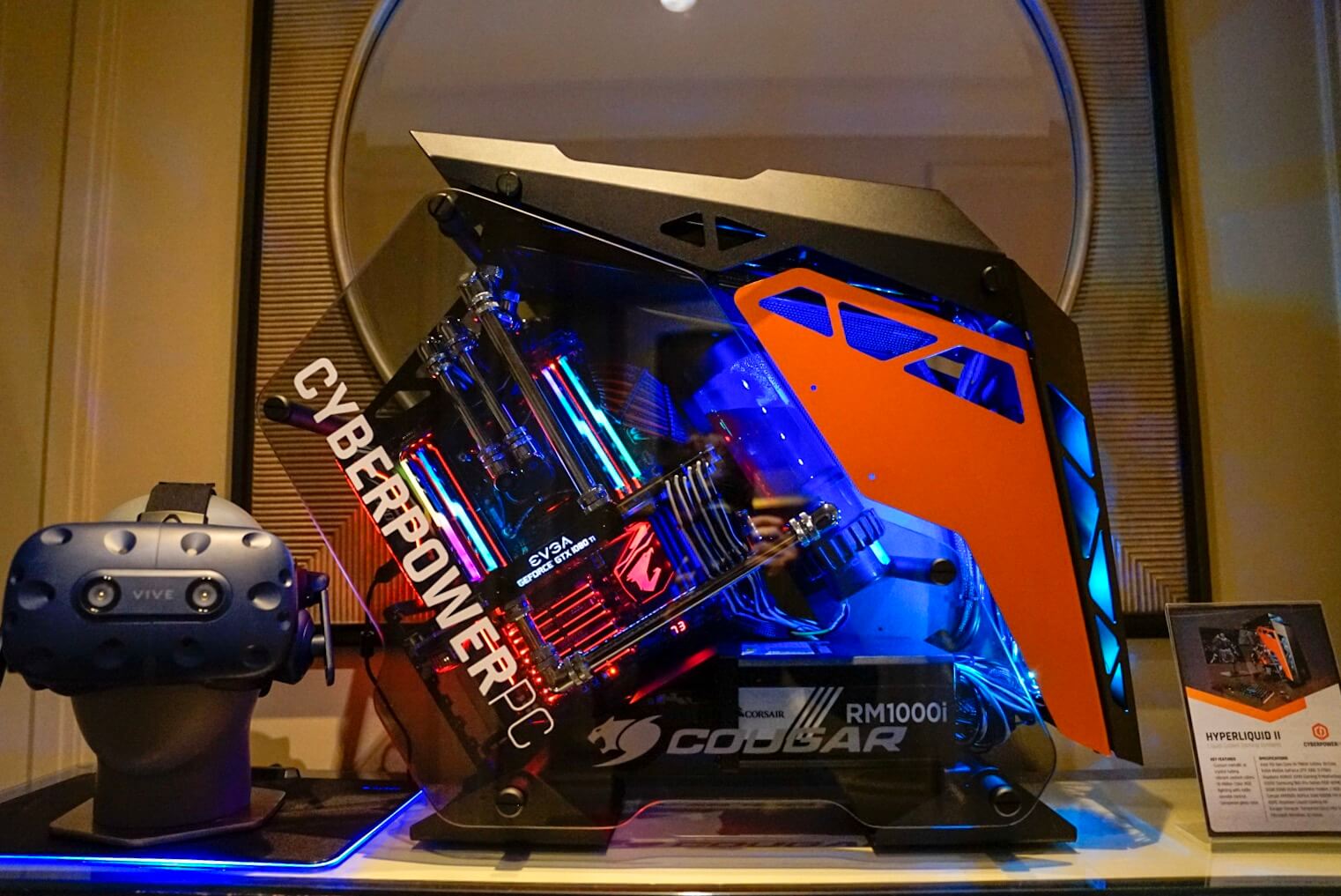
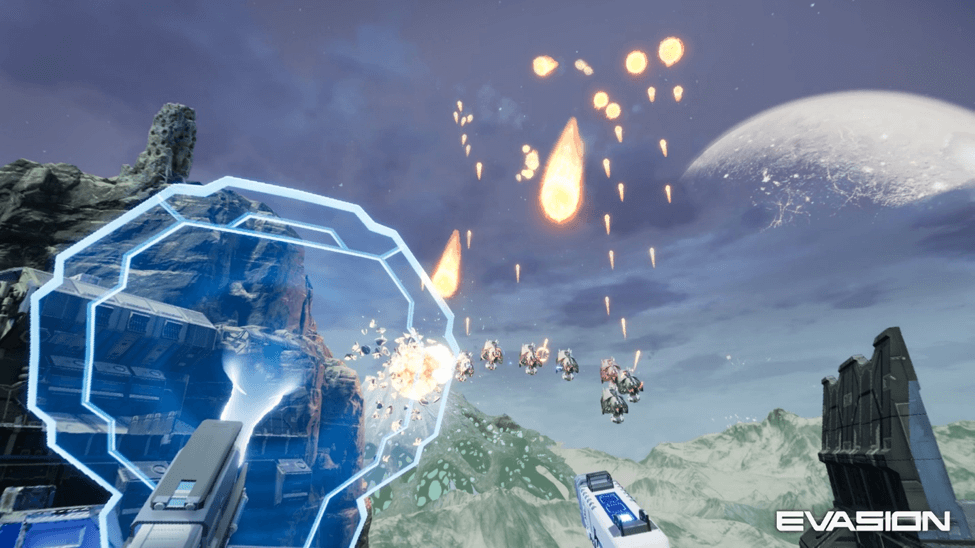
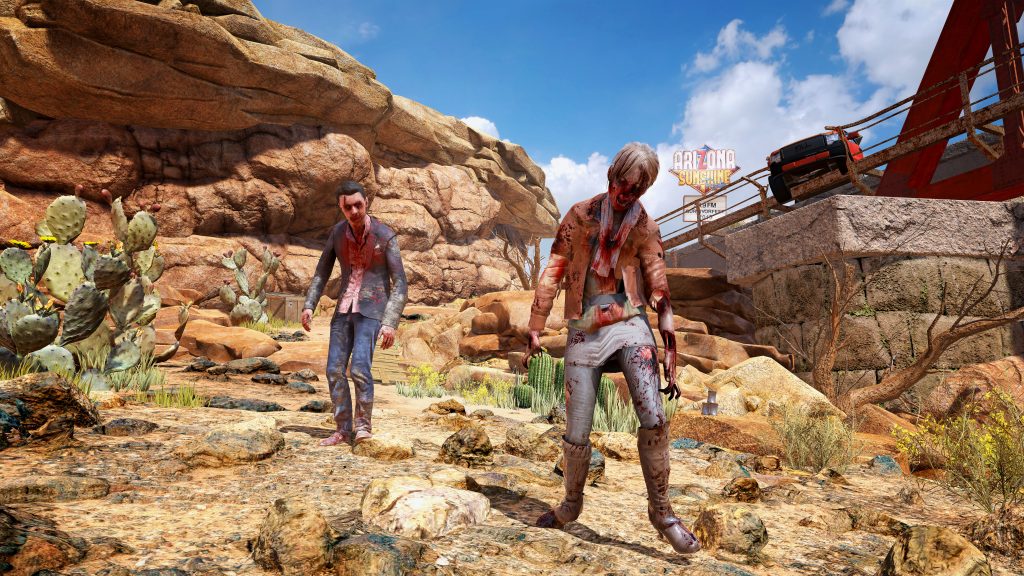
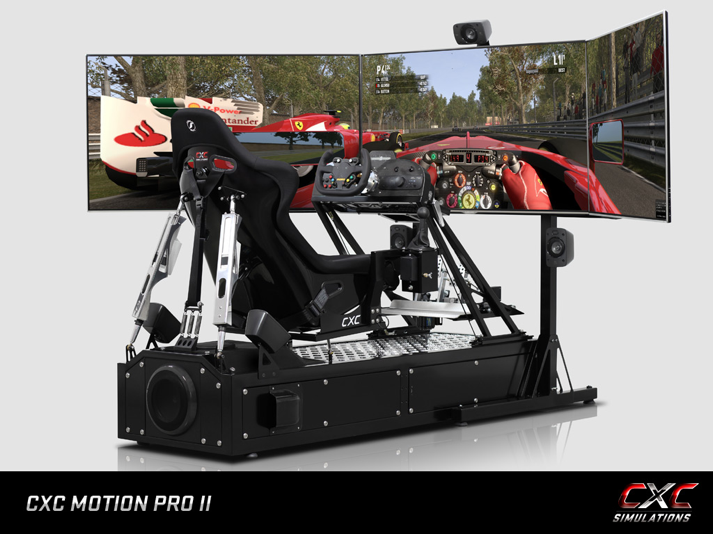
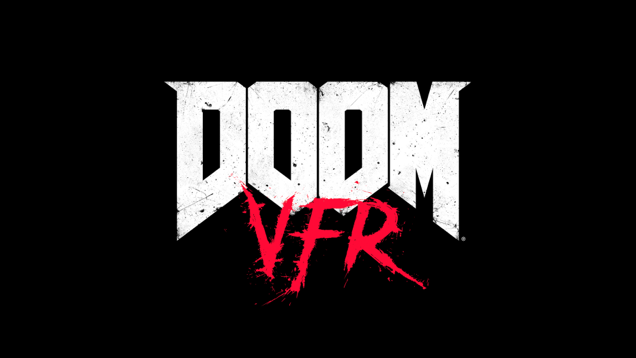

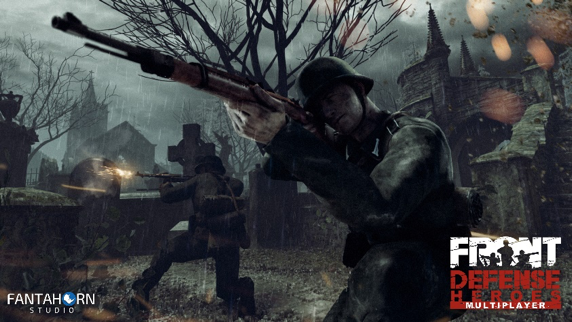
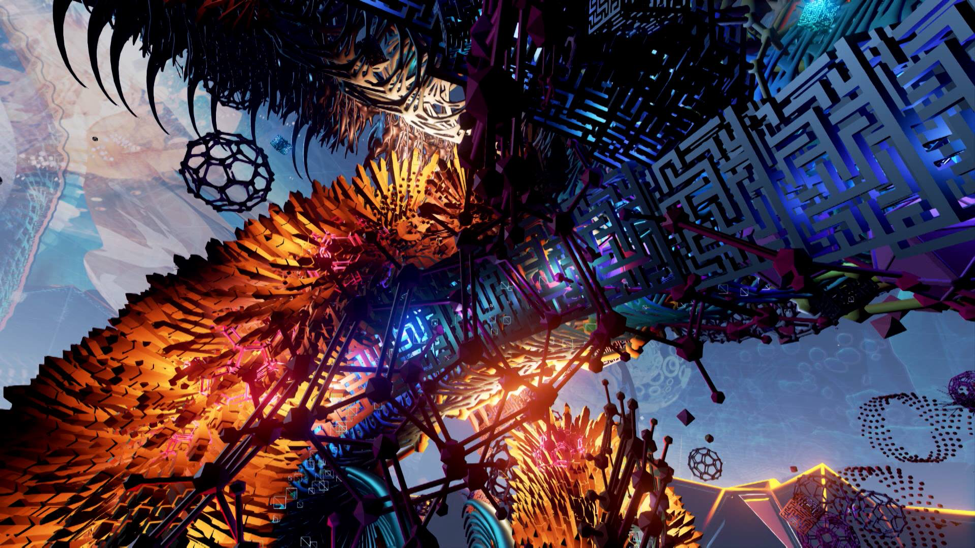
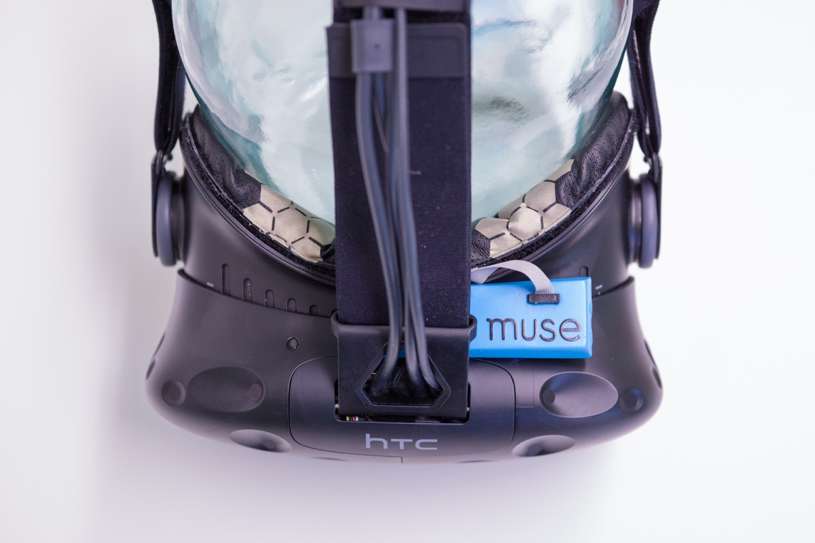
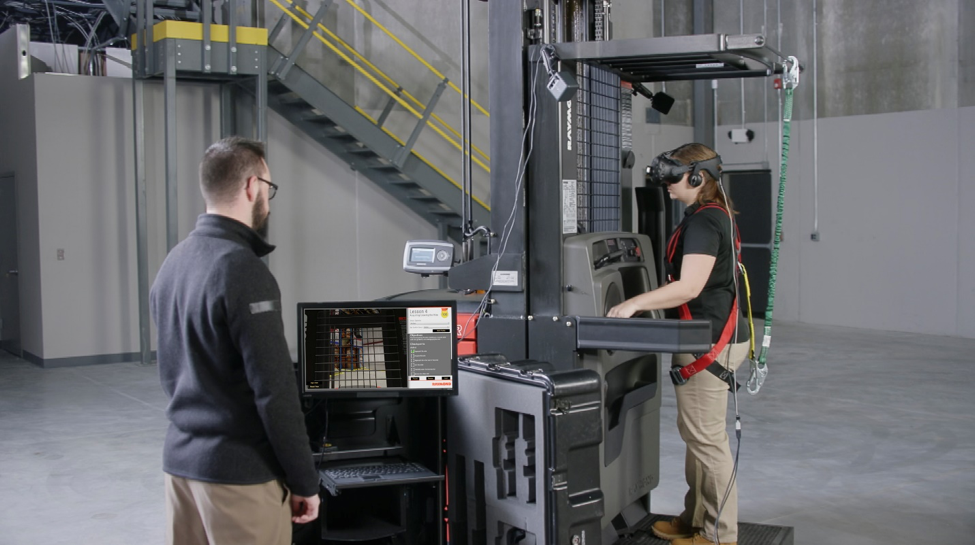

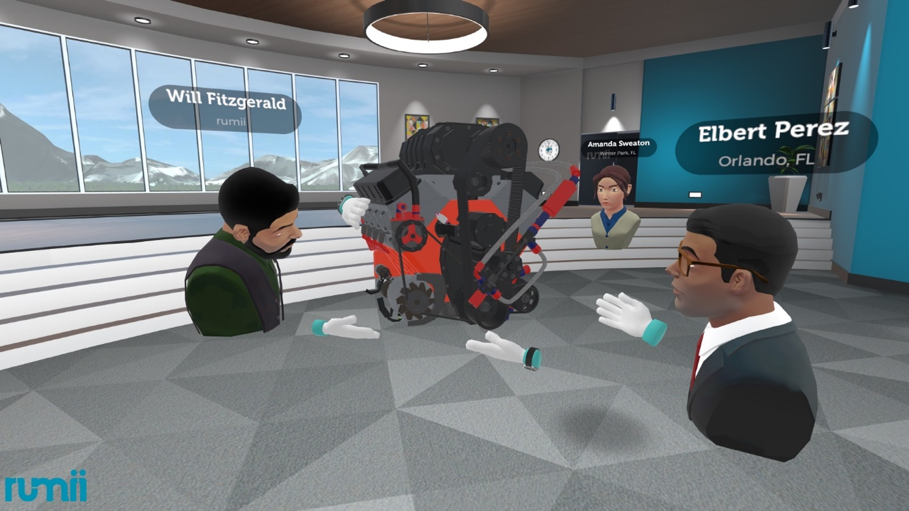
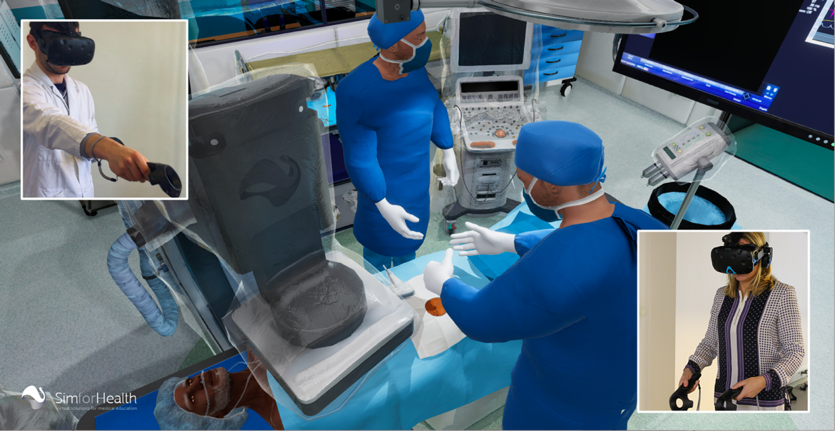
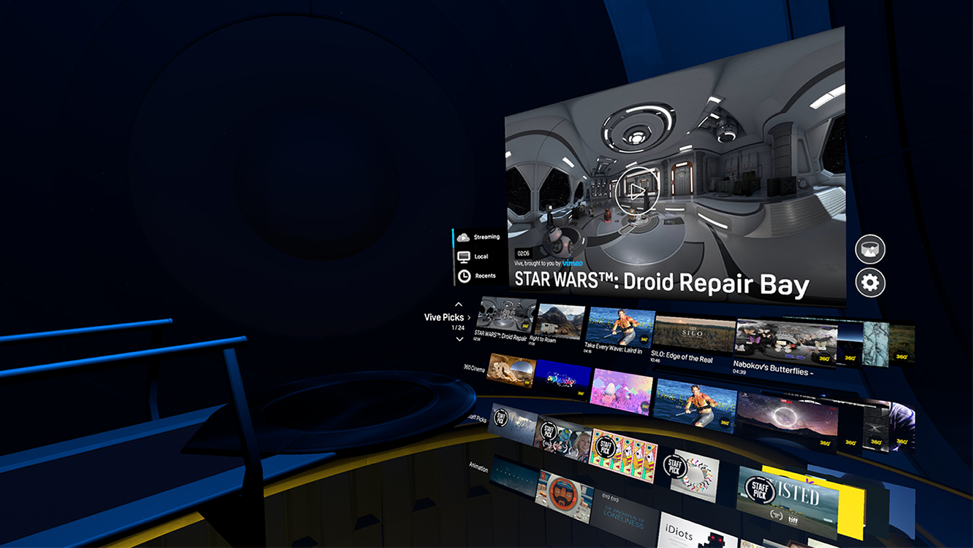
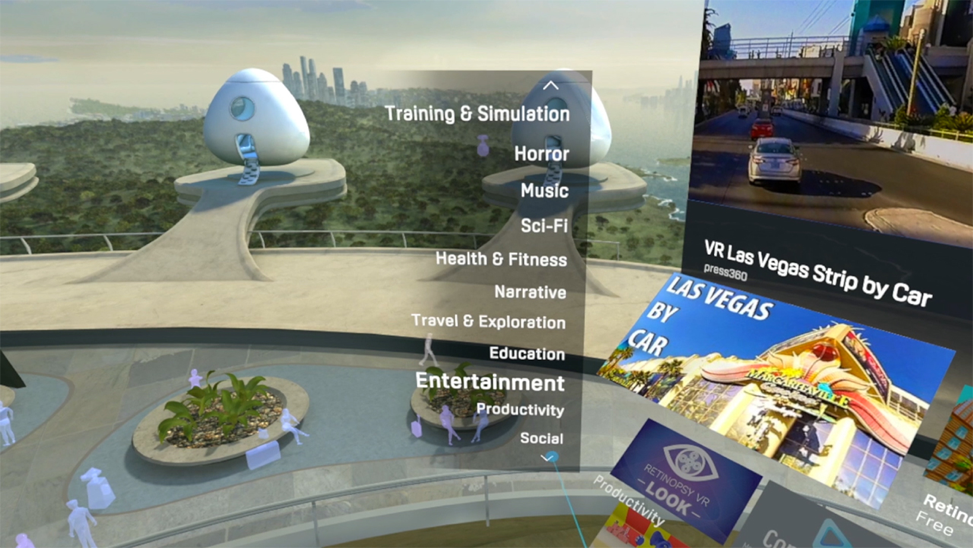


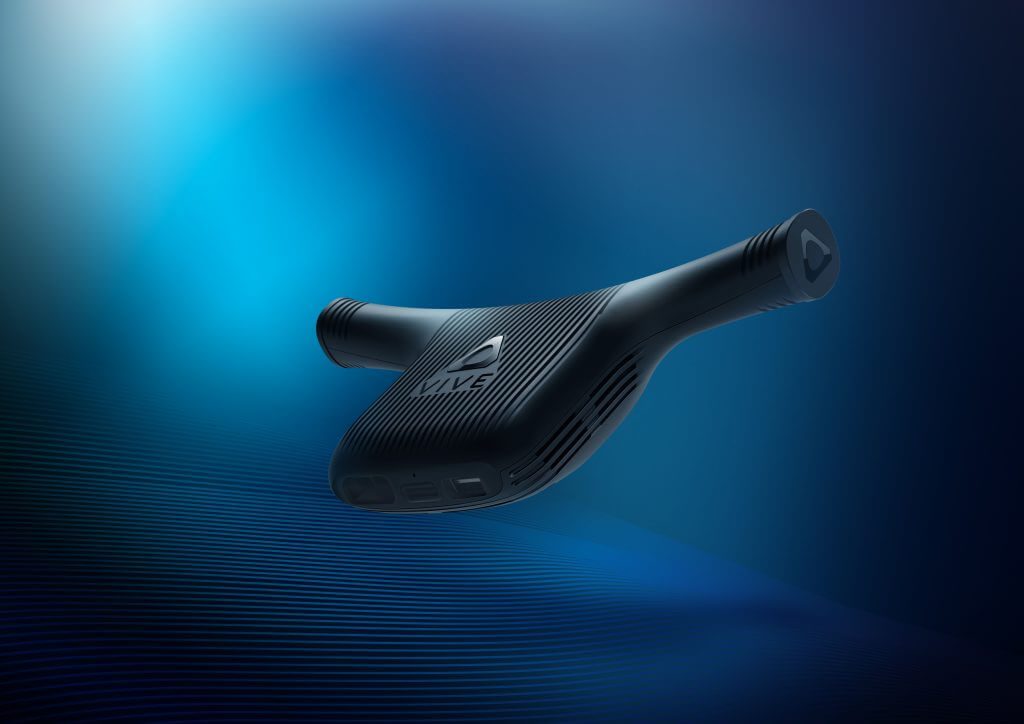
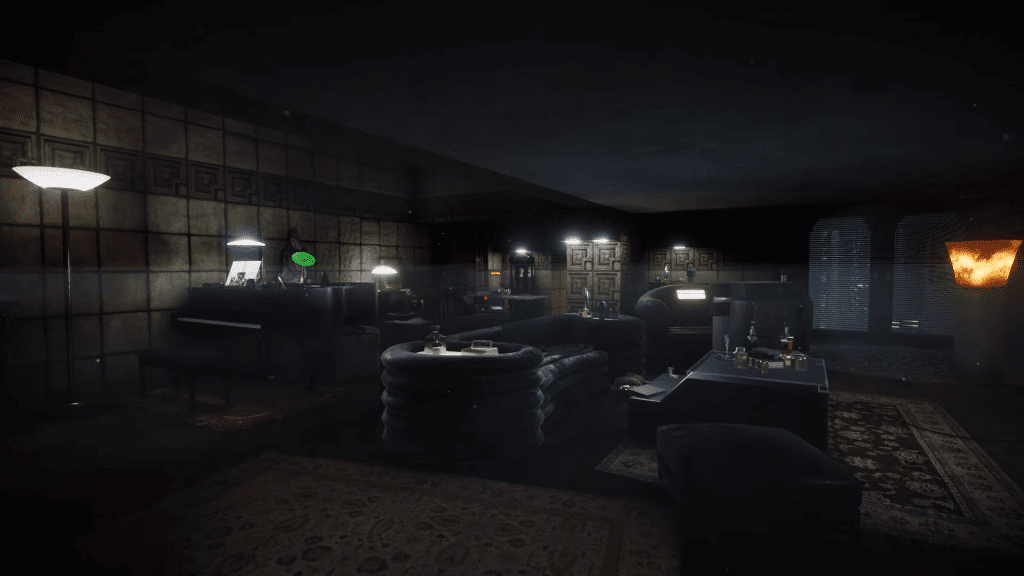

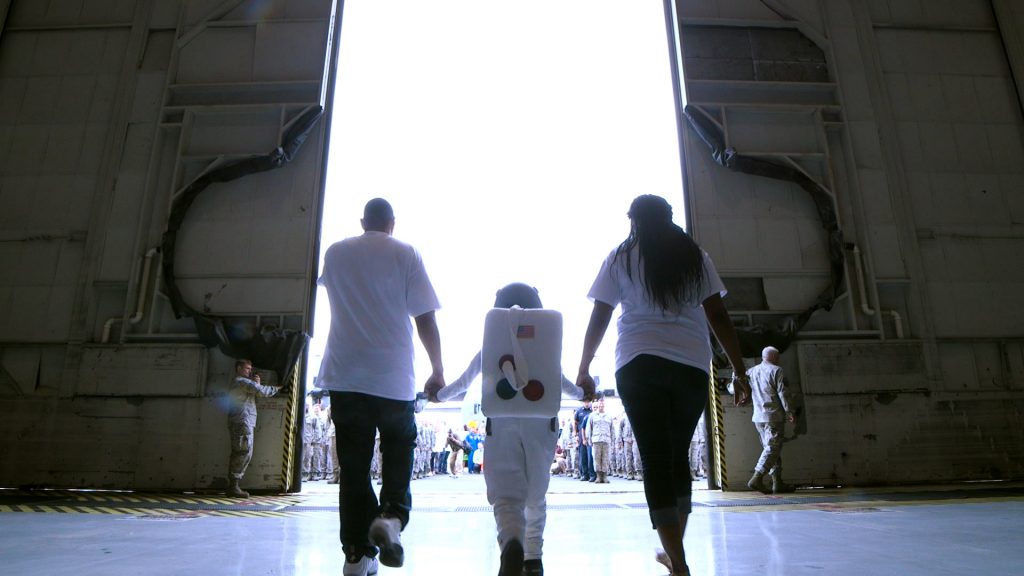
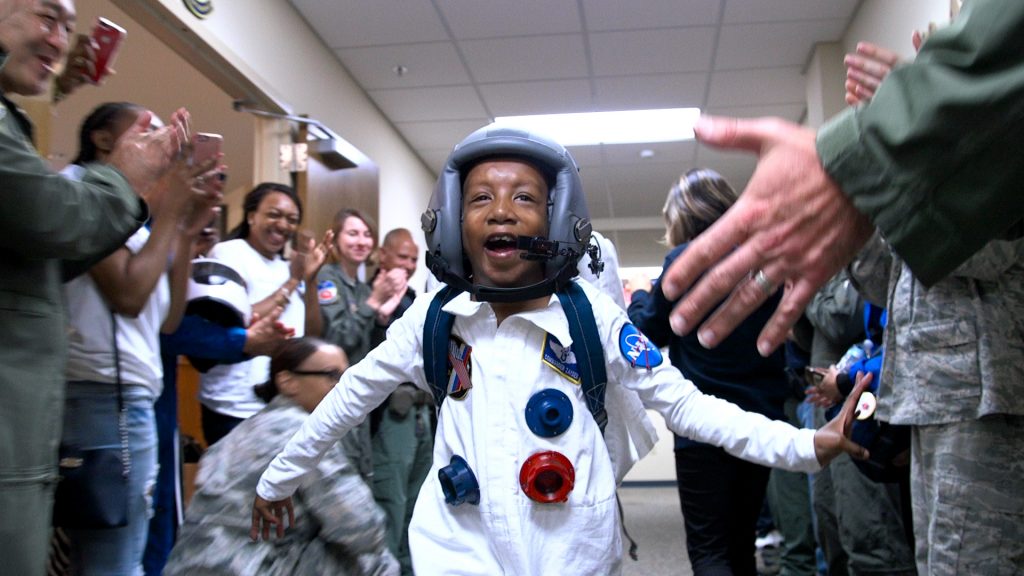
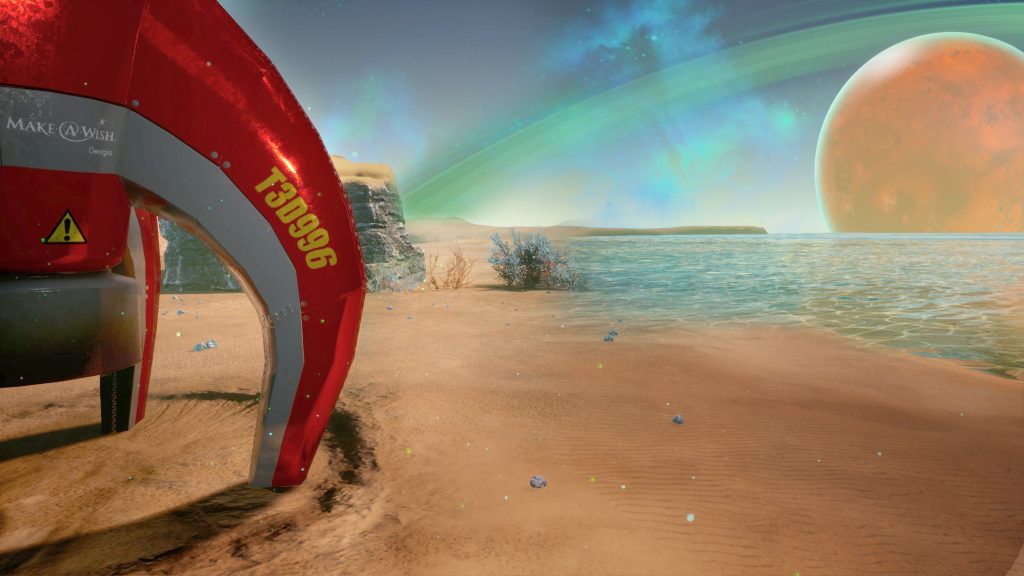
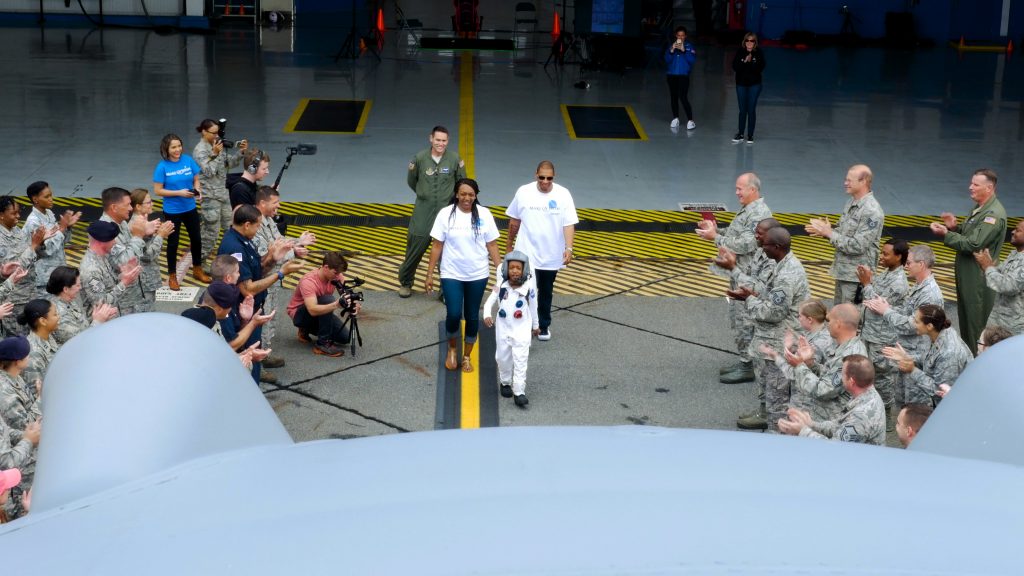

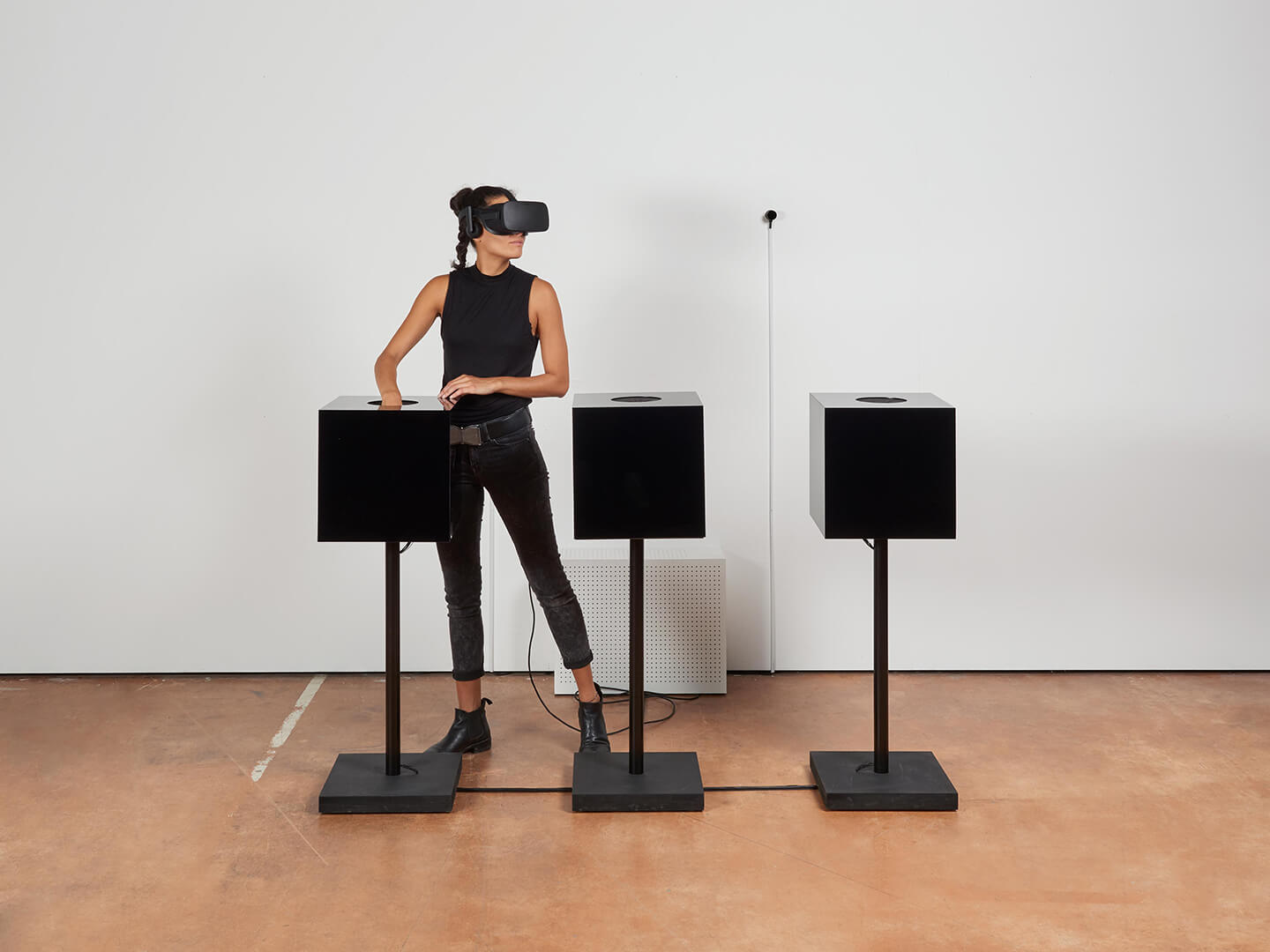








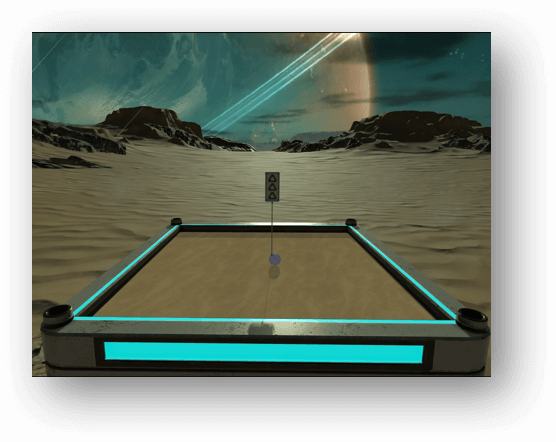
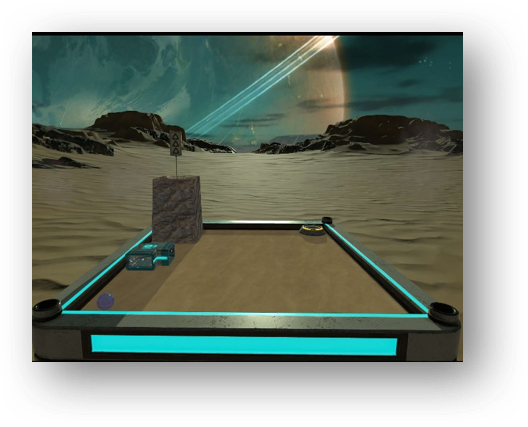 b. Divide into Sections – Usually there are 3 major interactions in a level, so divide into 3 sections.
b. Divide into Sections – Usually there are 3 major interactions in a level, so divide into 3 sections. c. Make it Real – Let’s add some concrete ideas to these sections:
c. Make it Real – Let’s add some concrete ideas to these sections: